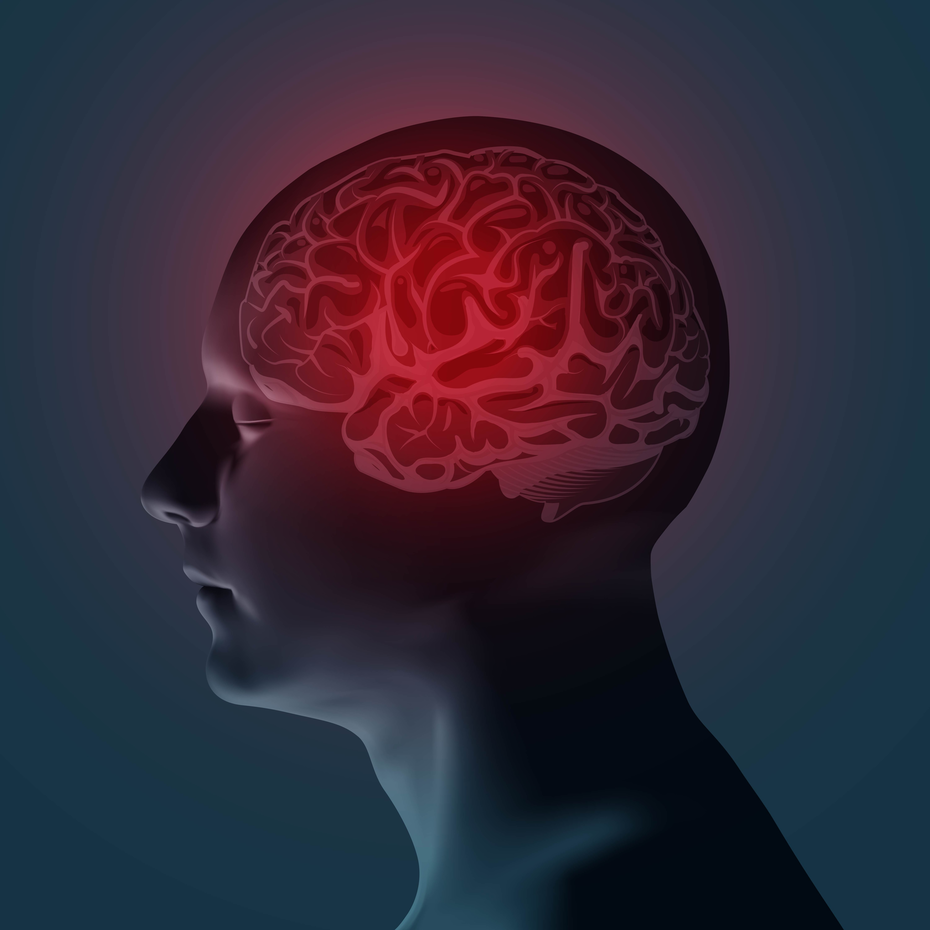Article
Experts Share Insights on New Developments in Tardive Dyskinesia
Author(s):
Valbenazine a breakthrough for patients treated empirically to date.

In many psychiatric patients who need long-term antipsychotic treatment, tardive dyskinesia (TD) may be unavoidable.
However, the 2017 approvals of valbenazine (Ingrezza) and deutetrabenazine (Austedo) for TD by the US Food and Drug Administration (FDA) promise to increase awareness of this socially isolating condition as well as to promote its accurate diagnosis and prompt treatment.
Lauren Seeberger (pictured), MD, and Robert Hauser, MD, MBA, shared these and other insights regarding TD and its management in a recently published review.
Seeberger is an associate professor in the Department of Neurology at the University of Colorado School of Medicine and director of the Movement Disorders Center at the University of Colorado Hospital in Aurora. Hauser is a professor in the Department of Neurology at the University of South Florida and director of the Byrd Parkinson’s Disease and Movement Disorders Center at USF Health in Tampa.
The intent of the review is to provide a more comprehensive look at valbenazine for TD, Hauser told MD Magazine.
“The review synthesizes information regarding valbenazine’s pharmacology and clinical development, thereby providing readers with the knowledge necessary for its successful use for the treatment of tardive dyskinesia,” Hauser said.
According to the review, the selective vesicular monoamine transporter-2 (VMAT-2) inhibitor tetrabenazine may be the agent most commonly used off-label to treat TD in the US.
Although the FDA has not approved tetrabenazine for the treatment of TD, this agent has been approved for the treatment of TD in other countries. However, because of its relatively short half-life, tetrabenazine must be taken 3 times daily, and its use is limited by side effects.
Deutetrabenazine, a deuterated form of tetrabenazine, was developed to address these problems. The enhanced stability of this formulation increased its half-life compared with that of tetrabenazine and permitted the use of lower doses of deutetrabenazine than of tetrabenazine.
In August 2017, the FDA approved deutetrabenazine for the treatment of TD. However, deutetrabenazine must be taken twice daily. It is available in doses of 24 mg or 36 mg.
In contrast, valbenazine, developed as a parent drug of the active metabolite of tetrabenazine, is taken at a dose of 80 mg once daily. No dose titration is needed. Like deutetrabenazine, valbenazine has a much longer half-life than tetrabenazine and the potential for fewer side effects. The FDA approved valbenazine for the treatment of TD in April 2017.
“The development of valbenazine and successful trial work leading to FDA approval to treat tardive dyskinesia is a breakthrough for these patients who have been treated empirically to date,” Seeberger told MD Magazine.
According to Seeberger and Hauser, no clinical trials have compared VMAT-2 inhibitors directly. Thus, the decision to use deutetrabenazine versus valbenazine is likely to depend on the timing of their availability, insurance coverage, and perceptions of their clinical merits and limitations.
In addition, VMAT-2 inhibitors may have the different effects depending on TD duration, body part affected, and primary type of movement disorder. The reviewers characterized these effects as “of great interest for future research.”
However, available data suggest that the new VMAT-2 inhibitors are safe and effective treatments for TD that are well tolerated. Moreover, they fill a significant need for treatment of a condition that has long been poorly treated.
The researchers noted that 5 years on the market “will help to define the long-term consequences of VMAT2 inhibition.”
The review, “Valbenazine for the treatment of tardive dyskinesia,” was published online in Expert Opinion on Pharmacotherapy last month.
2 Commerce Drive
Cranbury, NJ 08512
All rights reserved.





